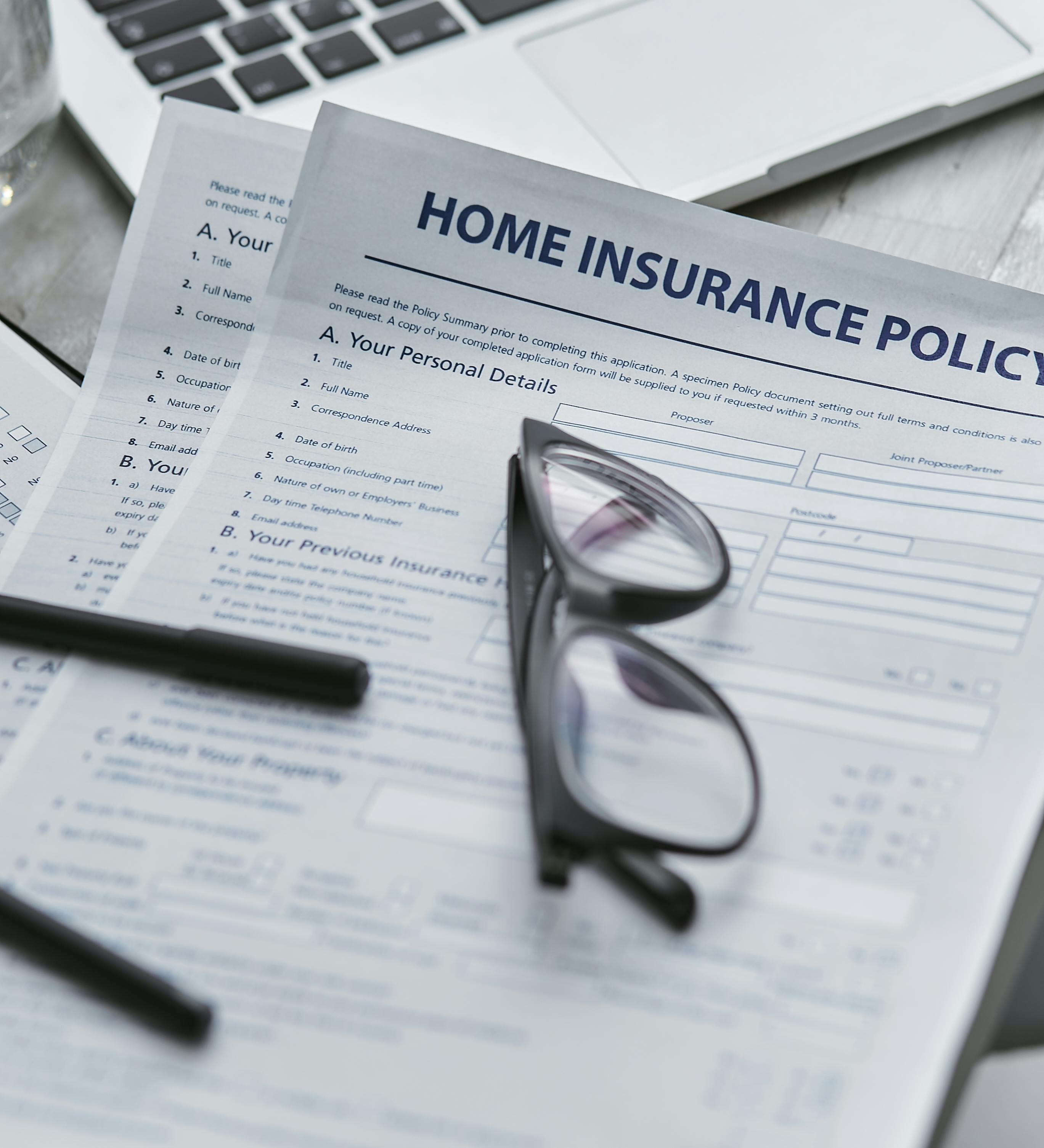How to evaluate coverage options for homes and business properties
Understanding coverage options for homes and business properties helps owners protect assets, manage risk, and meet regulatory or lender requirements. This article outlines practical steps for assessing policy terms, documenting inventory, estimating valuation, and comparing premiums and provider services worldwide.

Evaluating coverage for both homes and business properties begins with a clear inventory and realistic assessment of exposure. Owners should record assets, note condition and replacement values, and identify location-specific hazards. This foundational work supports accurate underwriting, clearer documentation for future claims, and more effective mitigation measures—especially where catastrophe risks vary regionally.
How should you assess assets and inventory?
A thorough inventory is the backbone of any property insurance review. For homes, list structural features, major systems, appliances, and valuable personal property with serial numbers or receipts where possible. For business properties, document equipment, stock, fixtures, and supplies, and maintain periodic inventory audits to reflect seasonal or growth-driven changes. Good records reduce disputes in claims and support correct valuation when policies are underwritten. Digital photos and cloud backups with timestamps improve documentation quality and speed claims processing.
What does policy coverage include and exclude?
Coverage language varies by insurer and product; common components include dwelling or building coverage, contents or business property coverage, and additional endorsements for specific perils. Exclusions commonly cover wear-and-tear, intentional damage, and certain natural events unless specifically added. Understanding covered perils, sublimits, and exceptions is essential. Review policy wording for coverage triggers (e.g., named perils vs. all-risks) and for requirements such as maintenance or vacancy clauses that can affect claim outcomes.
How is property valuation and underwriting handled?
Valuation methods—replacement cost, actual cash value, agreed value—affect claim payments and premiums. Replacement cost generally pays to rebuild without depreciation, while actual cash value deducts for age and wear. Underwriting evaluates risk factors such as construction type, fire protection, occupancy, claims history, and proximity to catastrophe zones. Providing up-to-date valuation reports, recent appraisals, and maintenance records can lead to more accurate underwriting and fewer surprises at claim time.
How do risk, maintenance, and mitigation influence premiums?
Insurers price policies based on assessed risk and expected loss frequency. Regular maintenance, such as roof repairs, plumbing upgrades, and security systems, reduces the likelihood of claims and can lower premiums. Mitigation measures—e.g., flood barriers, seismic retrofits, and business continuity planning—demonstrate reduced exposure and may qualify for discounts. Communicate recent mitigation investments to underwriters and local services that performed the work to support premium adjustments during renewals.
How should liability, claims, and documentation be managed?
Liability coverage protects against third-party injury or property damage that occurs on your premises; it is distinct from property coverage. Keep clear documentation of incidents, witness statements, and prompt reporting to insurers to avoid delays or denials. Maintain a claims-ready folder—policy numbers, agent contacts, photos, invoices, and inventory lists—to expedite submissions. Regularly review liability limits relative to business operations or household activities to ensure adequate protection in the event of a large claim.
What are real-world pricing insights and how to compare providers?
Pricing varies widely by location, property type, coverage limits, deductible choices, and insurer underwriting. Residential premiums might range from modest annual amounts in low-risk areas to much higher costs where catastrophe exposure is significant. Commercial policies depend on business size, revenue, and inventory exposure. When comparing providers, consider both cost and service factors such as claims handling, network of repair partners, and global presence for multinational exposures.
| Product/Service | Provider | Cost Estimation |
|---|---|---|
| Homeowners insurance (typical single-family) | Allianz (global) | $600–$2,500 annually (varies by country and risk profile) |
| Homeowners / Personal property | AXA (global) | $500–$2,200 annually (estimate by region and coverage level) |
| Commercial property insurance (small business) | Zurich (global) | $1,200–$10,000+ annually (depends on size and inventory) |
| Commercial property & liability | Travelers (US-focused) | $1,000–$8,000+ annually (industry and location dependent) |
Prices, rates, or cost estimates mentioned in this article are based on the latest available information but may change over time. Independent research is advised before making financial decisions.
Conclusion
A systematic approach to evaluating coverage for homes and business properties starts with accurate asset inventories, clear understanding of policy terms, and up-to-date valuation and underwriting information. Regular maintenance and mitigation reduce exposure and can influence premiums, while careful documentation eases claims. Comparing providers on both price and service, with attention to regional catastrophe risks and local services, helps align coverage with real-world needs.





